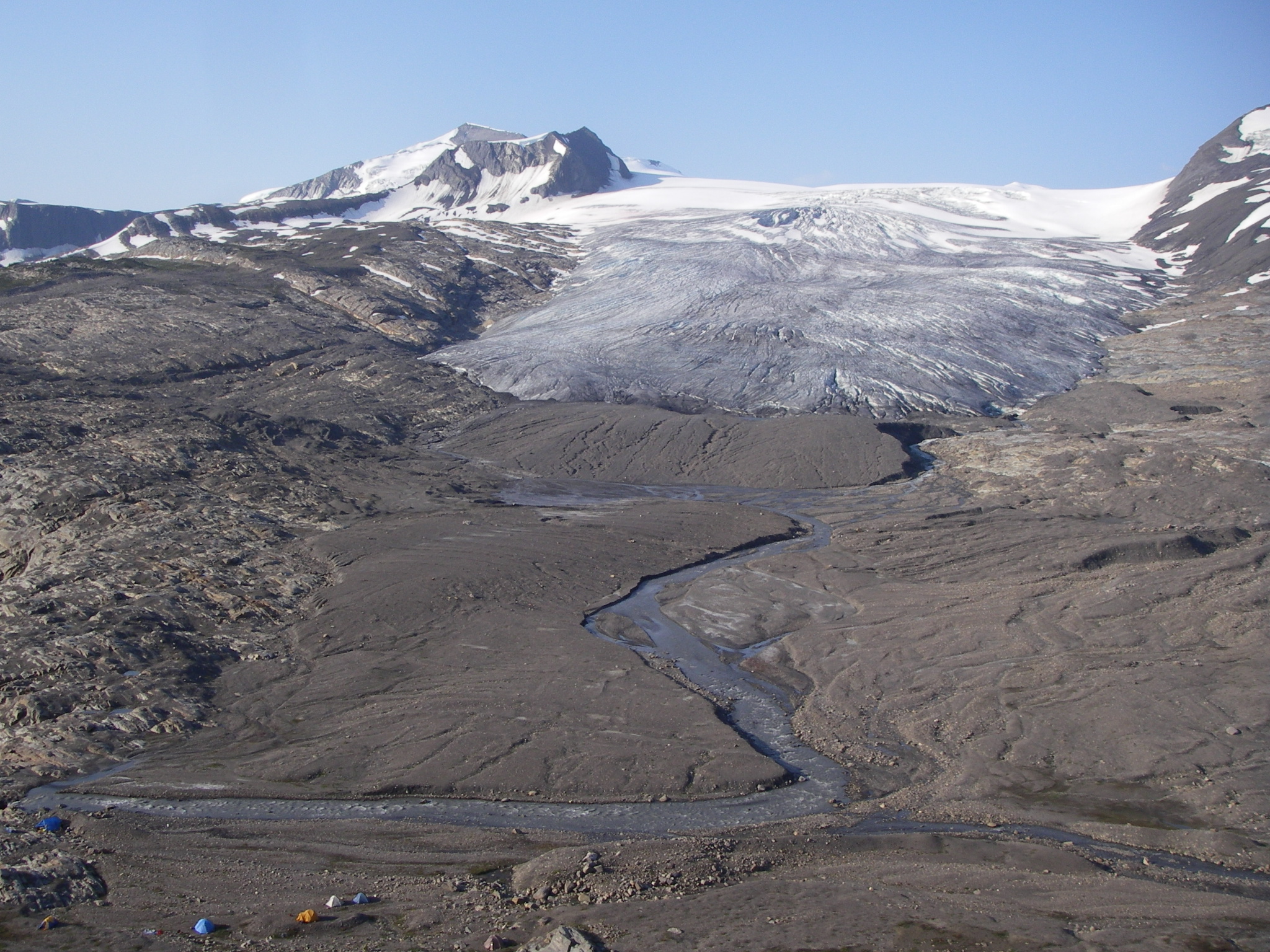Is it good, or is it bad?
Dr. Phil Owens, a professor in Environmental Science at UNBC, along with his team of researchers, are working to figure after having their recent findings published in the Scientific Reports.
The researchers are from UNBC and the University of Plymouth in the United Kingdom.
The paper, titled Extreme Levels of fallout radionuclides and other contaminants in glacial sediment and implications for downstream aquatic ecosystems, covers the finding of sediments on the surface of a glacier in eastern BC, as well as elsewhere in the world, which are acting as a sponge and absorbing large amounts of contaminants that have been contained in glacial meltwater.
“This is of interest given the increase in glacier retreat due to climate change, and thus more meltwater, which is releasing contaminants that were previously locked up in glaciers,” explained Dr. Owens. “As glaciers melt, they release water, sediment and contaminants to downstream rivers, which could affect aquatic ecosystems and human health.”
The paper focused on the fallout of radionuclides that derived from the atom-bomb tests in the 1950s and ’60s, which were delivered to glacier surfaces by atmospheric processes, but the paper also mentions other chemical elements such as metals.
The site of study in the province was at the Castle Creek Glacier near McBride.
According to Owens, while the radionuclides were high on the glacier, once the meltwater got into the creek and moved downstream, they had diluted and were of no significant concern. However, in some parts of the world where this phenomenon is taking place — such as the European Alps — much higher population density and important aquatic ecosystems are substantially closer to these glaciers than the case in eastern BC.
“Here in BC, most of the populations are not near the glacier, and the important salmon spawning areas aren’t either. It’s not a problem here at the moment, but if we were to see much greater releases of water then it could be a much bigger problem.”
The group of scientists that have been working on this throughout the world are working to get their data together in order to come up with a synopsis of what might be going on. Also, they’re working to identify areas where these fallout contaminants that may not have yet been studied. For example, Owens hinted towards Antartica as a study site.
“Given forecasted changes in climate and projected glacier recessions, we can probably expect this type of issue to become more prevalent,” stated Owens.
The project was funded by dr. Owens’ Natural Sciences and engineering research Council of Canada (NSERC) Discovery Grant, FRBC, as well as UNBC.
Something going on in the Prince George area you think people should know about?
Send us a news tip by emailing [email protected].






